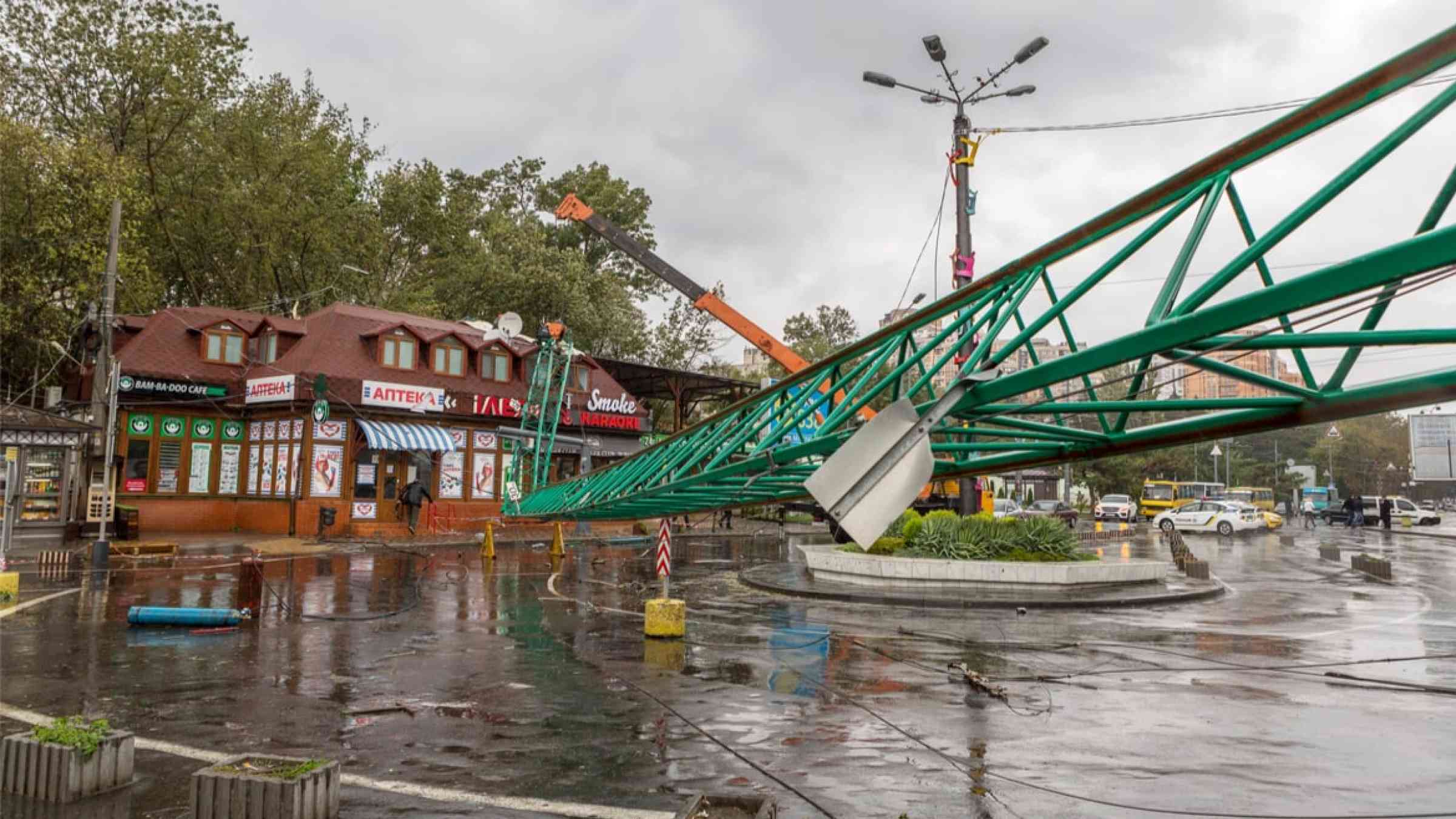CDRI Fellowship Programme 2024-25

The CDRI Fellowship Programme invests in cutting-edge research and innovative solutions towards disaster and climate resilient infrastructure. The Fellowship provides financial support, peer learning and capacity development opportunities to promote transformative, actionable and scalable solutions for real world issues related to disaster resilience of infrastructure.
Duration: 12 months
Grant Amount: US$ 15,000
Eligibility Criteria: Researchers from academic institutes and practitioners from government agencies, non-governmental, private and civil society organizations who are nationals of CDRI Member Countries
Selection Process: The proposals will go through a rigorous four-tiered selection process including a double-blind peer review. The final decision will be taken by the Fellowship International Jury.
Local Solutions for Global Infrastructure Resilience Challenges
Accelerated climate action is critical to meet the enormous challenges posed to communities and ecosystems across the globe by the unravelling climate crisis. While most national governments have committed to meet the global goals and targets, these commitments need to be backed by decisive, credible actions. Enabling and amplifying local actions and on-ground solutions led by local actors and change agents with the potential to transform infrastructure systems will be critical to inform global responses.
Themes for Fellowship 2024-25
- Use of GIRI data for informed decision-making towards resilience of critical infrastructure systems
- Multi-hazard early warning systems and disaster risk information for resilient infrastructure and community wellbeing
- Building resilience of critical infrastructure sectors to extreme heat events
- Ensuring climate and disaster resilience of physical infrastructure in high mountain regions
- Quantification of vulnerability and physical losses of infrastructure sectors due to secondary hazards
- Resilient food infrastructure systems
To know more about the CDRI Fellowship Programme: https://cdri.world/fellowship/
Last date of application: 31st January 2024 (11:59 pm IST)
Details of Selected Themes
- Use of GIRI data for informed decision-making towards resilience of critical infrastructure systems
CDRI’s Global Infrastructure Resilience Index (GIRI) platform, the first ever fully probabilistic risk assessment covering global infrastructure sectors, enables users to freely access and use all risk metrics produced. Proposals considered under this theme will specifically use data from GIRI to inform research projects focusing on resilience of power, telecommunications, roads and railways, ports and airports, oil and gas, water and wastewater, health, education, and buildings.
- Multi-hazard early warning systems and disaster risk information for resilient infrastructure and community wellbeing
Multi-hazard early warning systems (MHEWS) and disaster risk information play a vital role in fostering resilient infrastructure and ensuring the wellbeing of communities. By providing timely alerts and actionable information, MHEWS empower governments, communities, and organizations to prepare and respond effectively and thus, reduce the impact of the disasters.
- Building resilience of critical infrastructure sectors to extreme heat events
Human-induced climate change and the consequent, irreversible warming of the planet is exacerbating extreme heat conditions across the world. Building resilience in critical infrastructure sectors to extreme heat events is imperative for the health and wellbeing of communities and sustained economic growth.
- Ensuring climate and disaster resilience of physical infrastructure in high mountain regions
High mountain communities and ecosystems are areas of high hazard risks like glacier melt, glacial lake outburst flooding (GLOF) and avalanches. Ensuring resilience of critical infrastructure in these regions entails a comprehensive approach including precise risk assessment accounting for changing climatic patterns, specialized engineering for infrastructure durability, and advanced monitoring systems for early warnings.
- Quantification of vulnerability and physical losses of infrastructure sectors due to secondary hazards
Secondary hazards such as landslides, fires and tsunamis, which often follow primary events like earthquakes and floods, can exacerbate damage and disrupt essential services. These hazards are not sufficiently covered by prearranged financing. To quantify vulnerability, detailed analysis of infrastructure's susceptibility to secondary hazards is necessary, considering factors like structural integrity, location, and resilience measures in place.
- Resilient food infrastructure systems
The ability to swiftly restore and maintain food production, distribution, and access in the wake of disasters and extreme climate events will be critical for the wellbeing of affected communities at a local level as well as for development trajectories at the national and regional level.